Designing a Neighborhood: Houses for the Middle Class in Canarsie
This particular group is interesting because the architect gave them some surface detail, in the patterning and colors of the brick, as well as in the peaked doorway hoods, one for each doorway to the two apartments in the house.

Editor’s note: This story is an update of a post that originally ran in 2013. See the original post here.
A site named Brooklyn.com used to have a map of all of the named neighborhoods in Brooklyn. There were 101 them, and if pressed, there could be more. Bedford Stuyvesant, for example, only has two listings, Bedford Stuyvesant and Stuyvesant Heights. There is certainly plenty of room in there for micro-neighborhoods.
But anyway, I was clicking on some places I had not heard of before and came up with Remsen Village, a neighborhood generally considered a subset of East Flatbush, nestled between East Flatbush, Northeast Flatbush and Canarsie. Its borders are Kings Highway, Ralph Avenue, Ditmas Avenue and Rockaway Parkway.
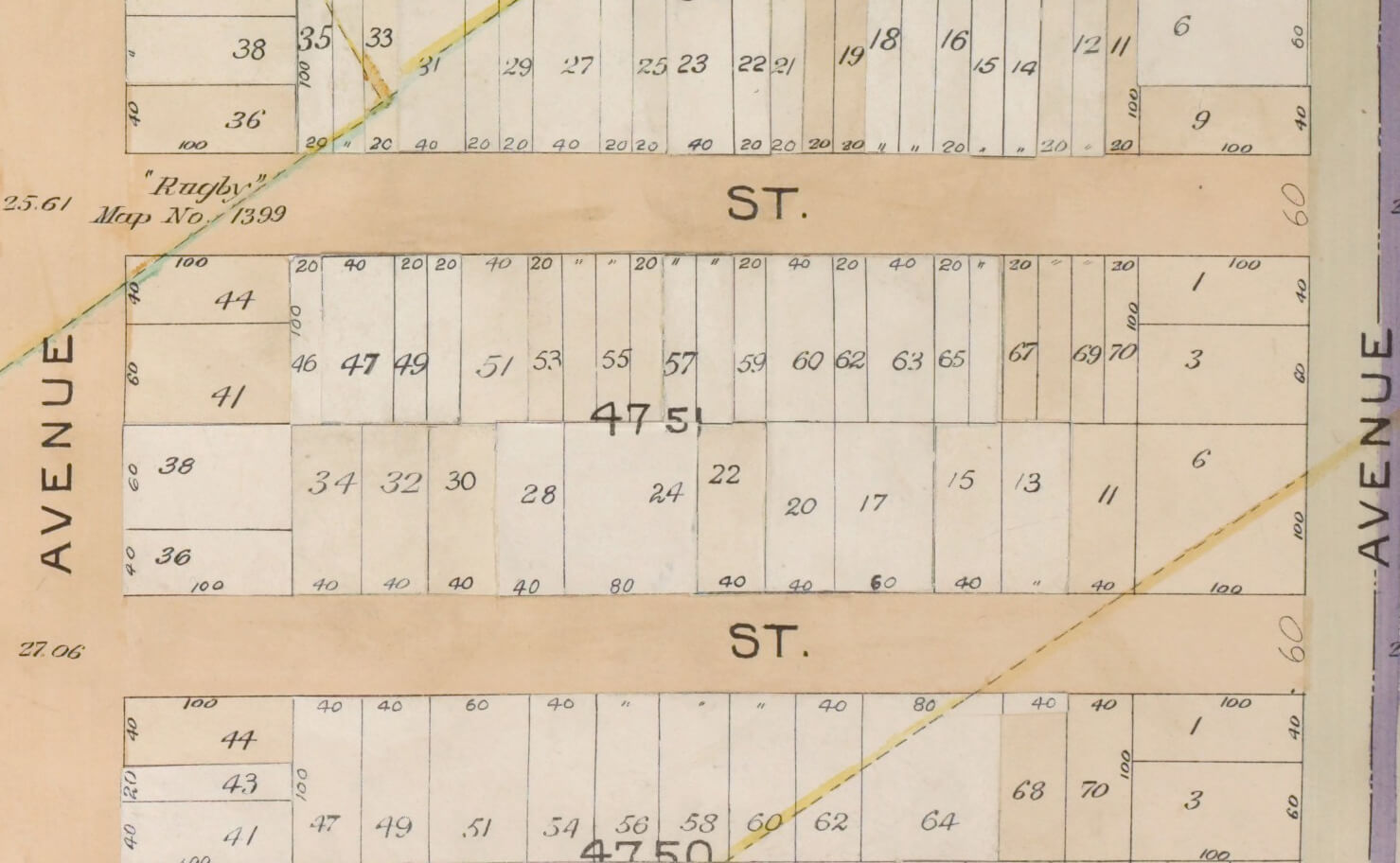
This part of town begins right across the street from the Pieter Claesen Wyckoff house, believed to be the oldest existing building in New York State, started in 1652. This was then all part of Flatlands, one of the original Dutch settlements in Brooklyn. This was farmland for centuries, even when the northern parts of Brooklyn were growing into a city.
Although there were houses here and there in the coming centuries, and the street grid was laid out, real development did not occur here until the 1920s, when the IRT Nostrand Avenue subway line (2 and 5 trains) was extended to Brooklyn College.
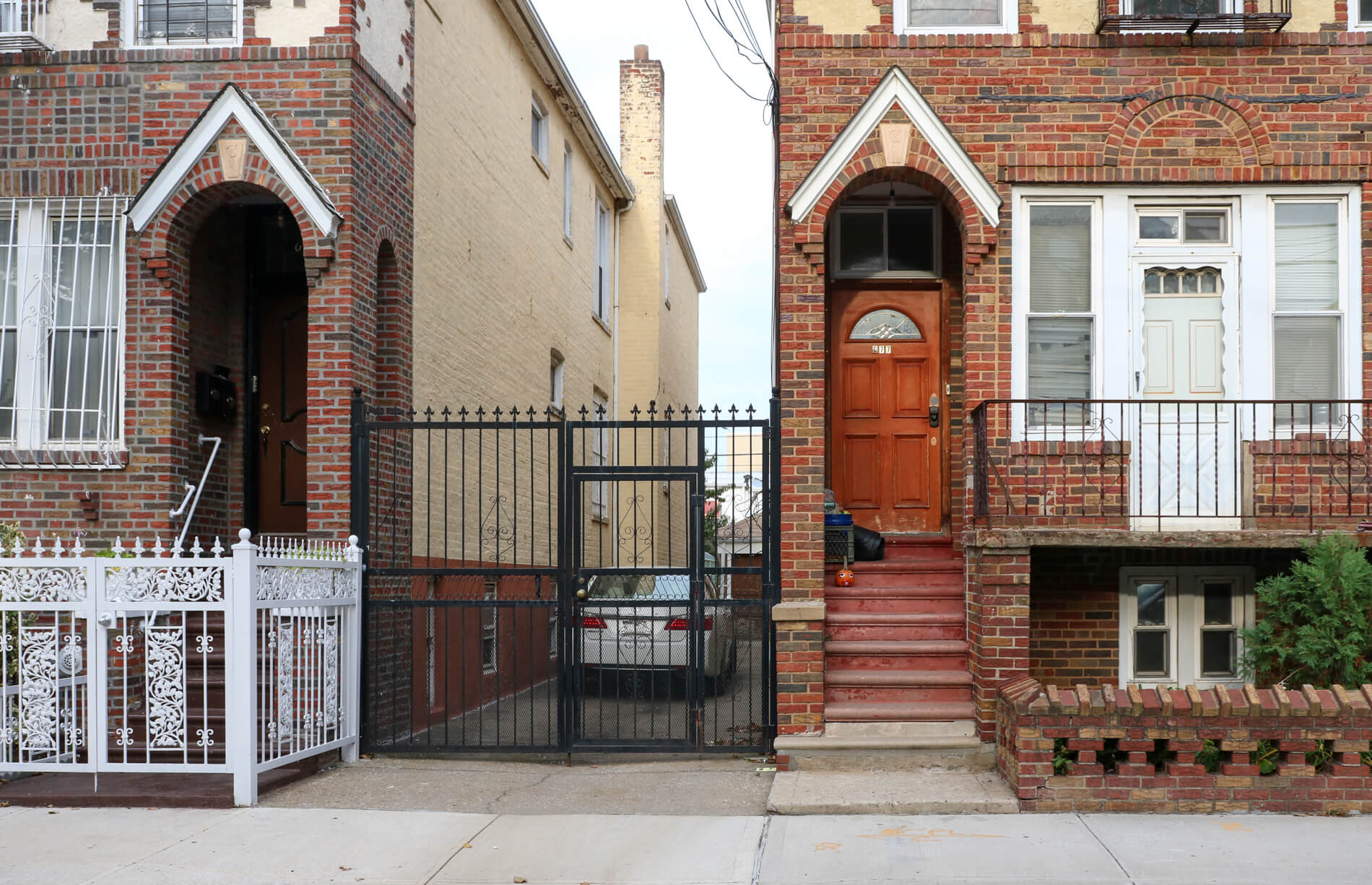
The Canarsie/Flatbush area was developed for the growing number of working and middle class people who were flocking to the area. They were mostly Jewish and Italian, the children and grandchildren of the immigrants who crowded into the tenements of the Lower East Side at the end of the 19th century. Here, they could live in their own homes, with a small yard and a garden, and rent out upstairs to either family or tenants. It was an urban dream come true.
The blocks that make up Remsen Village have several different styles of houses on them, but the ones that look like 649-677 East 91st Street are among the most interesting. There are several groups of these around the Village, amid groups of attached and semi-detached houses, most of which were built in the 1920s through the 1940s.
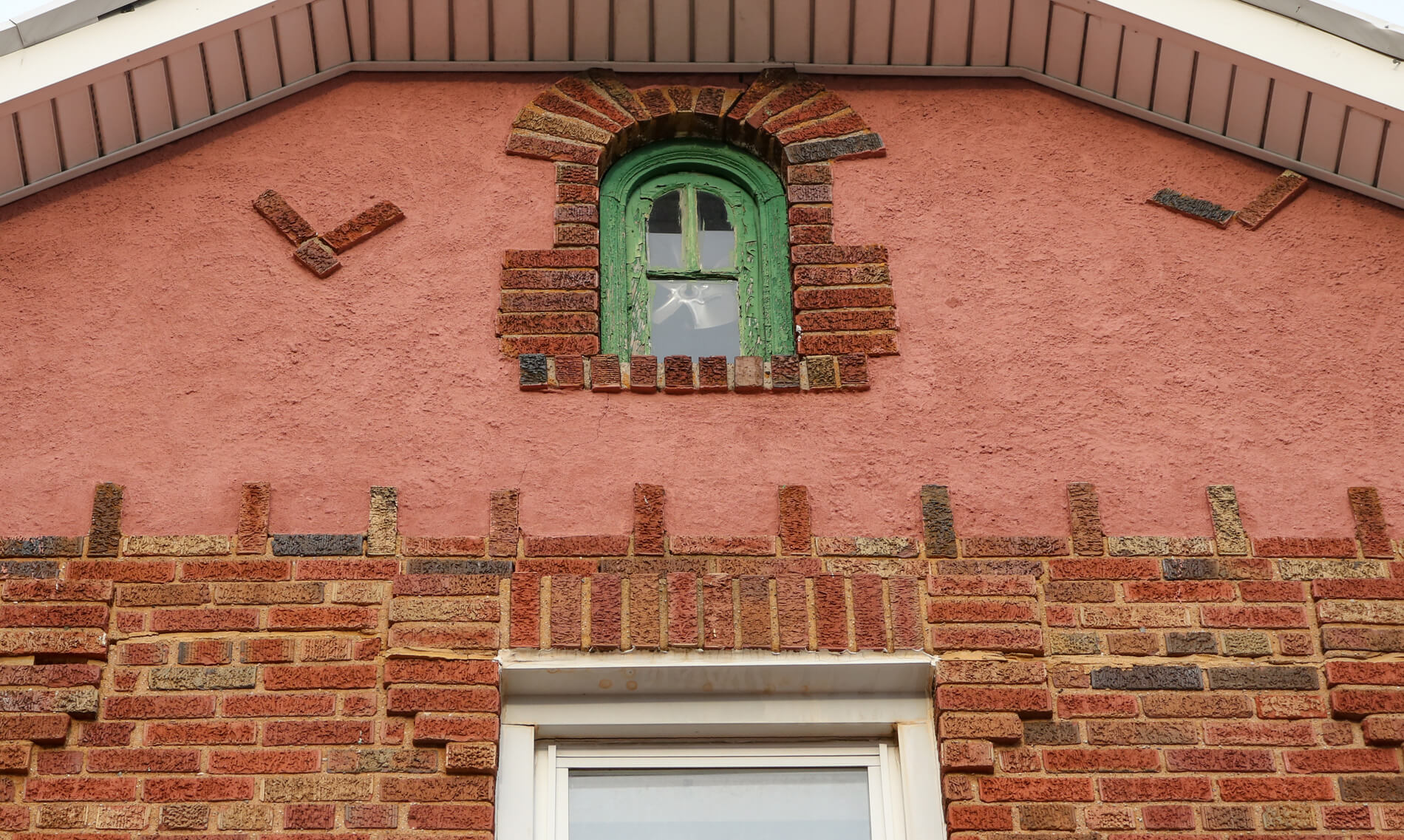
They are all brick, many are two families, some are one, and many of those are now subdivided as well. Many have garages in the back, and some have garages underneath the houses, and some have no garage at all. Many were developed by Fred Trump, father of Donald.
This particular group is interesting because the architect gave them some surface detail, in the patterning and colors of the brick, as well as in the peaked doorway hoods, one for each doorway to the two apartments in the house.
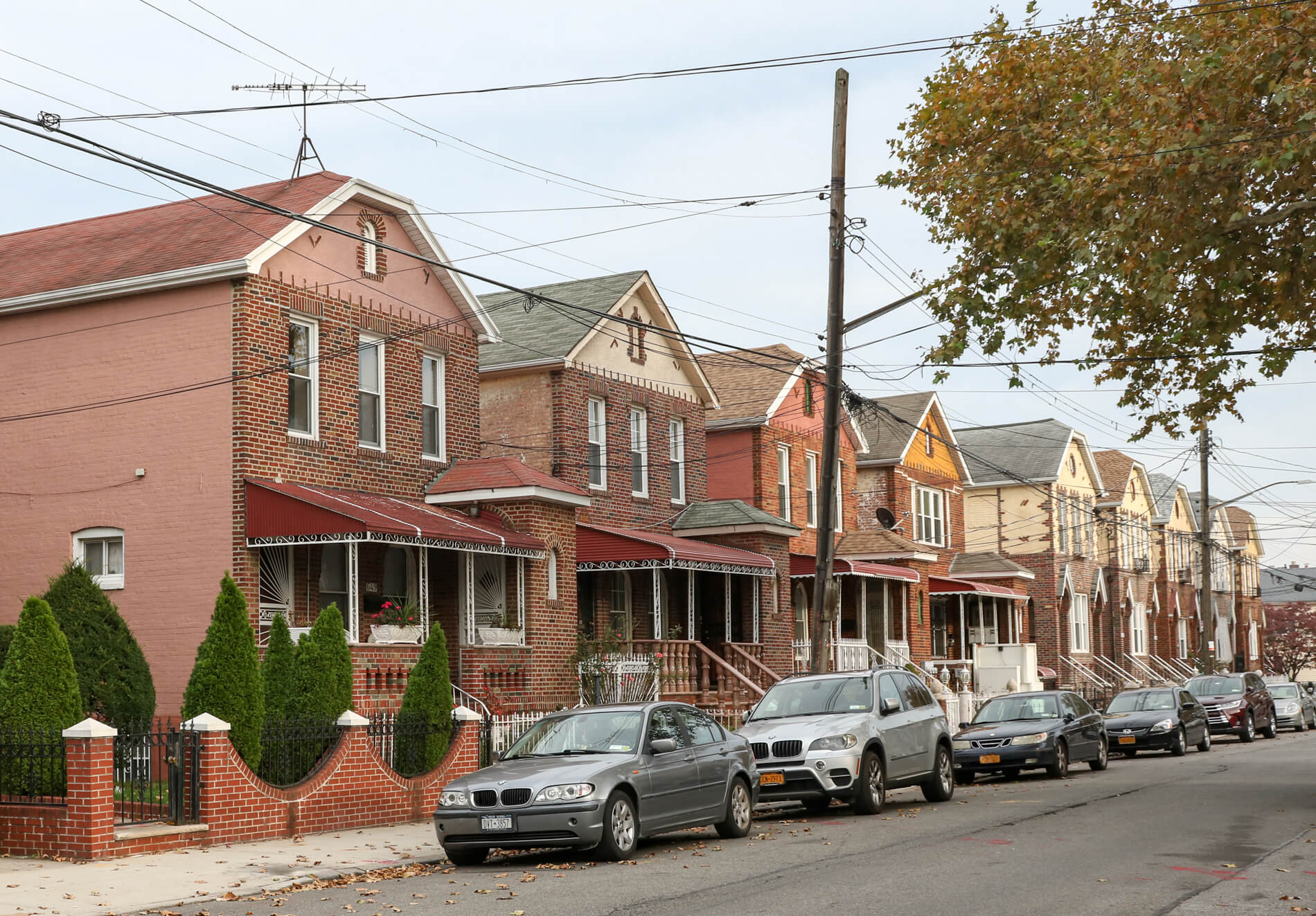
Built in 1932, these houses have a Dutch/Medieval thing going for them, with nice details in the patterns of the clinker bricks, the stucco and the placement of the doors and windows. Considering these were not expensive houses, the architect did a really great job. A two-car garage, one for each apartment, sits in back of each house.
Our initial research showed Irving Kirshenblit as the architect for both groups of houses. However, the 1932 certificates of occupancy shows Kavy & Kavovitt designed 649-659 East 91st Street and James J. Millman was the architect behind 663-677 East 91st Street. Whether or not Kirshenblit was also involved with either is unclear.
Kirshenblit had his offices at 928 New Lots Avenue. Much of his work is in Brooklyn, mostly on homes like this, as well as many small two- and three-story storefront and apartment buildings, here and in Manhattan.
These houses represent a turn away from the urban, walkable city, to the car-dependent suburbs, several decades before the Great Migration. They are generally overlooked in most discussions of Brooklyn residential and architectural history, but they play a large role in the development of Brooklyn.
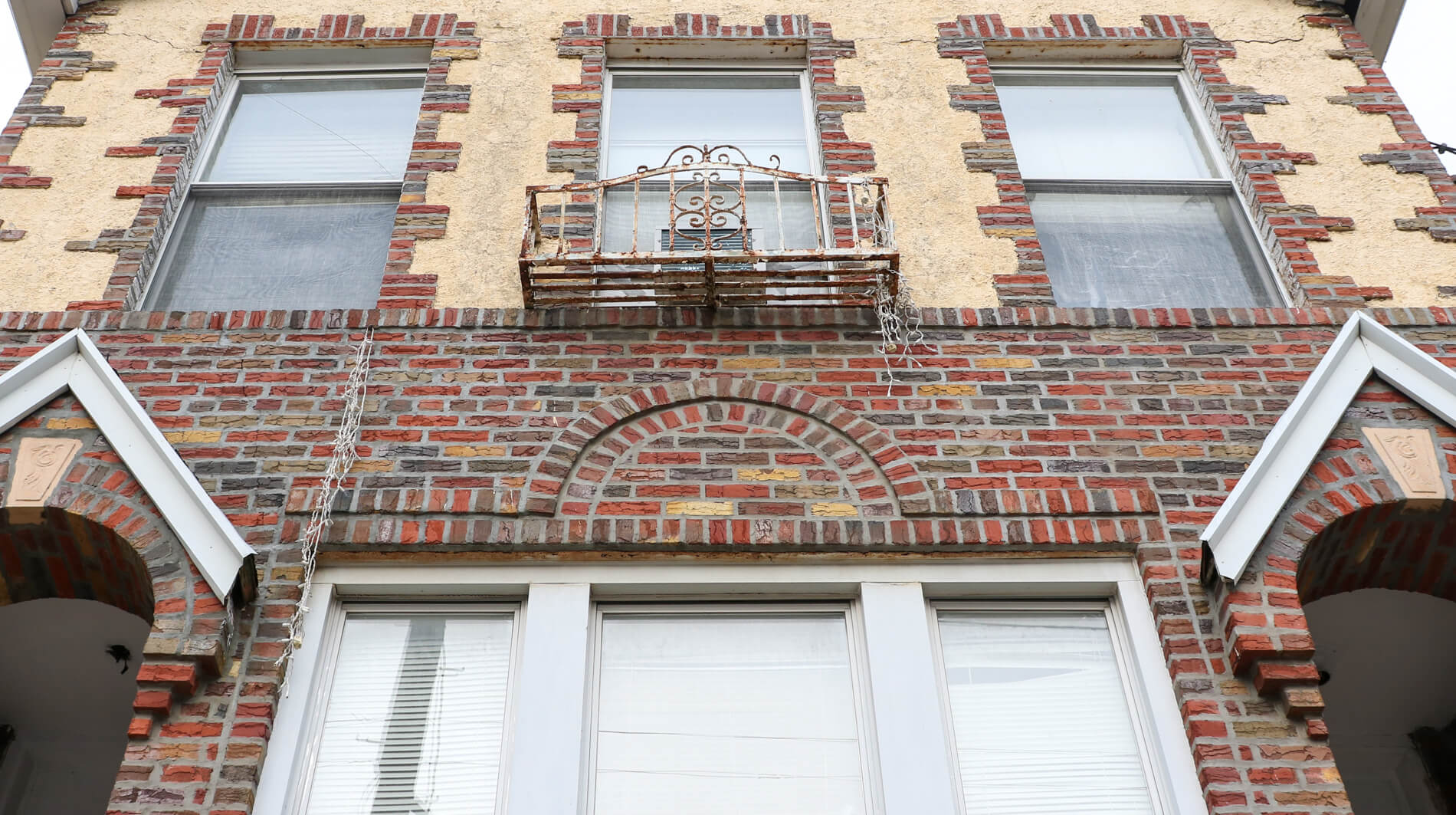
[Photos by Susan De Vries]
Related Stories
- The Palisade at the End of the L Train: How Canarsie Got Its Name
- A Lack of Hills and a British Observation: How Flatlands Got Its Name
- The Six Towns That Became Brooklyn
Email tips@brownstoner.com with further comments, questions or tips. Follow Brownstoner on Twitter and Instagram, and like us on Facebook.

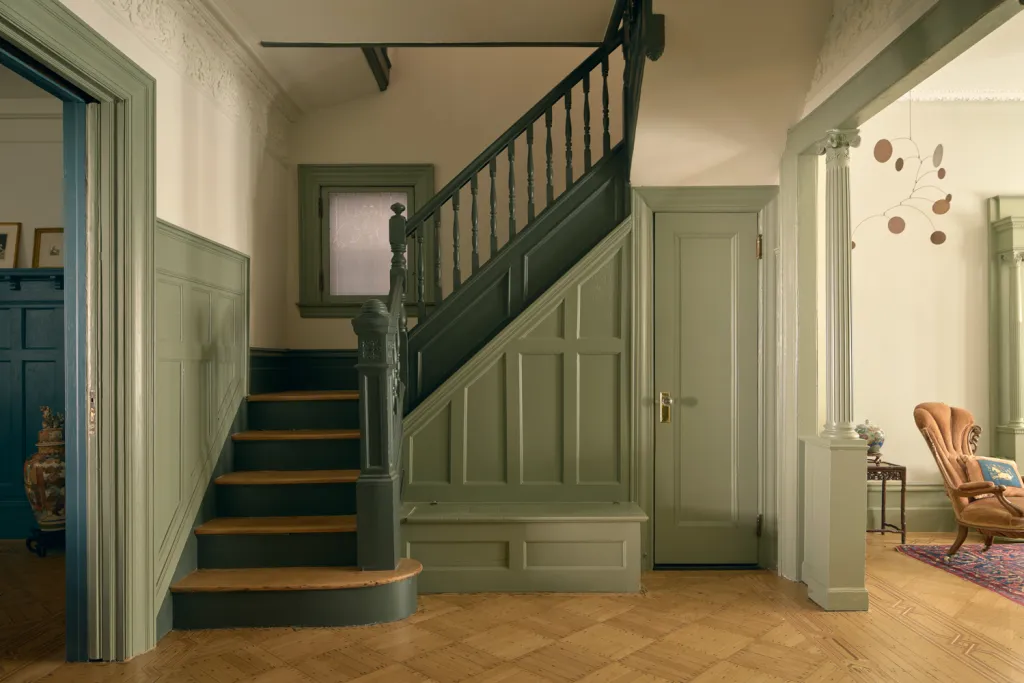
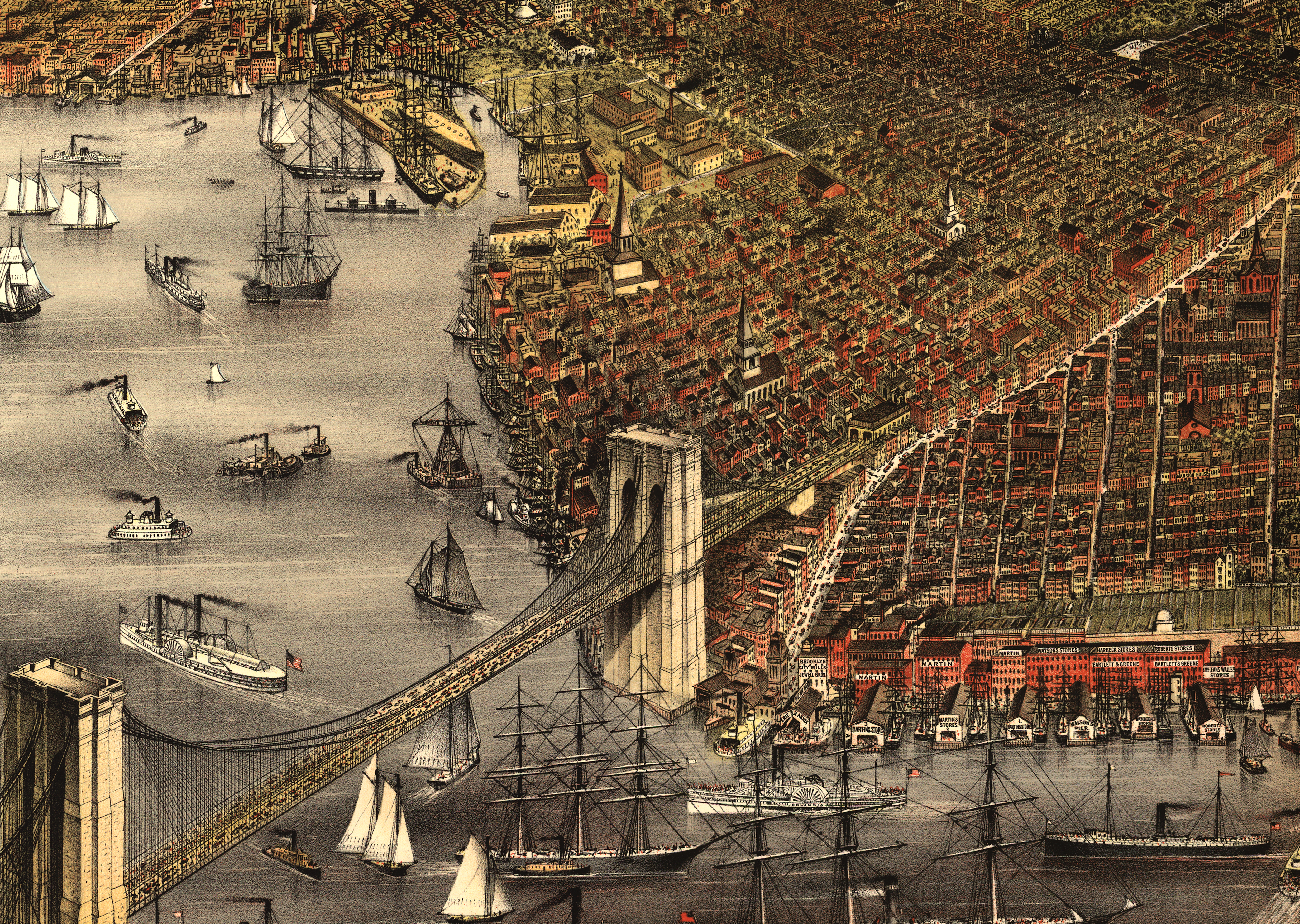
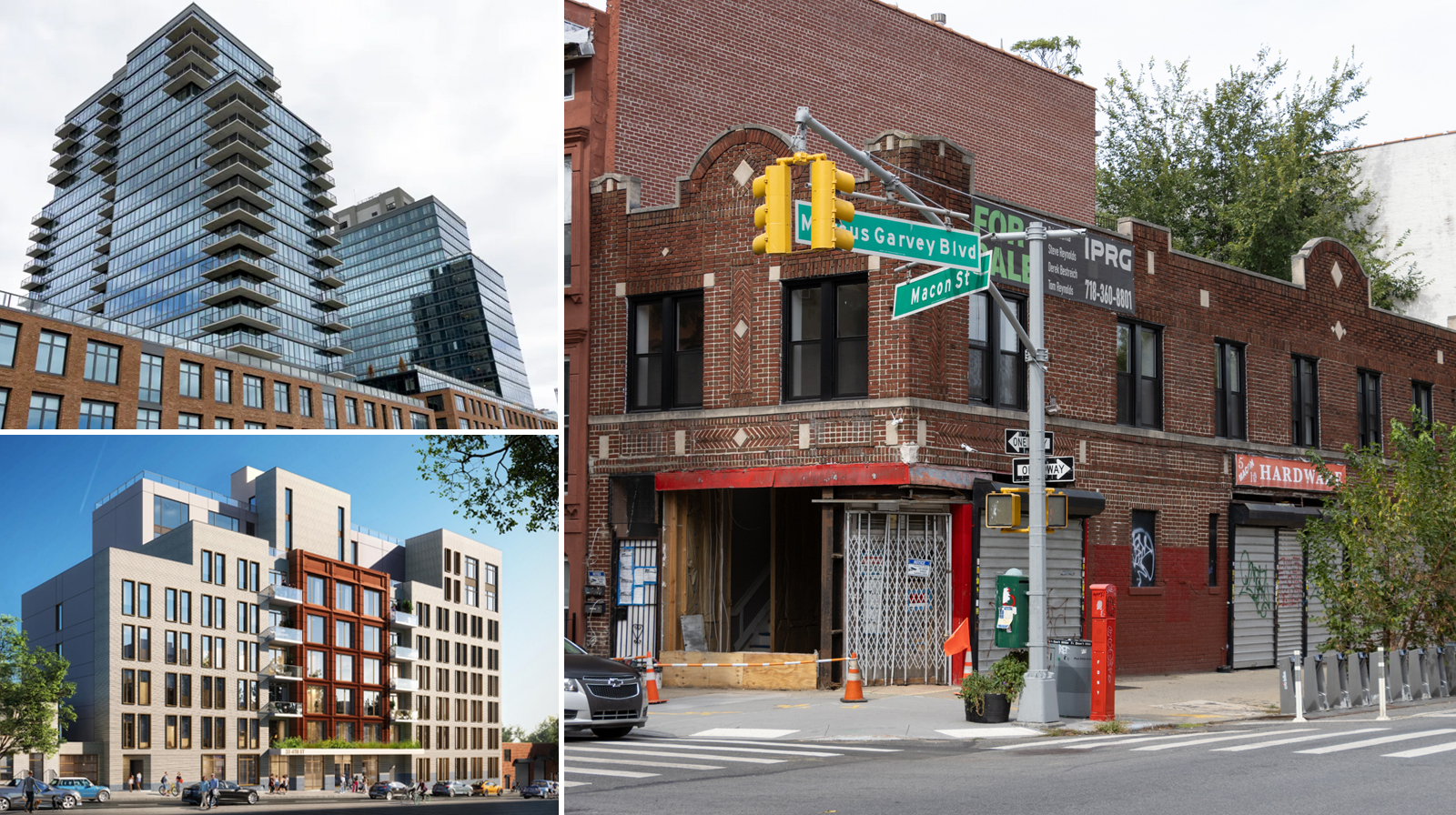
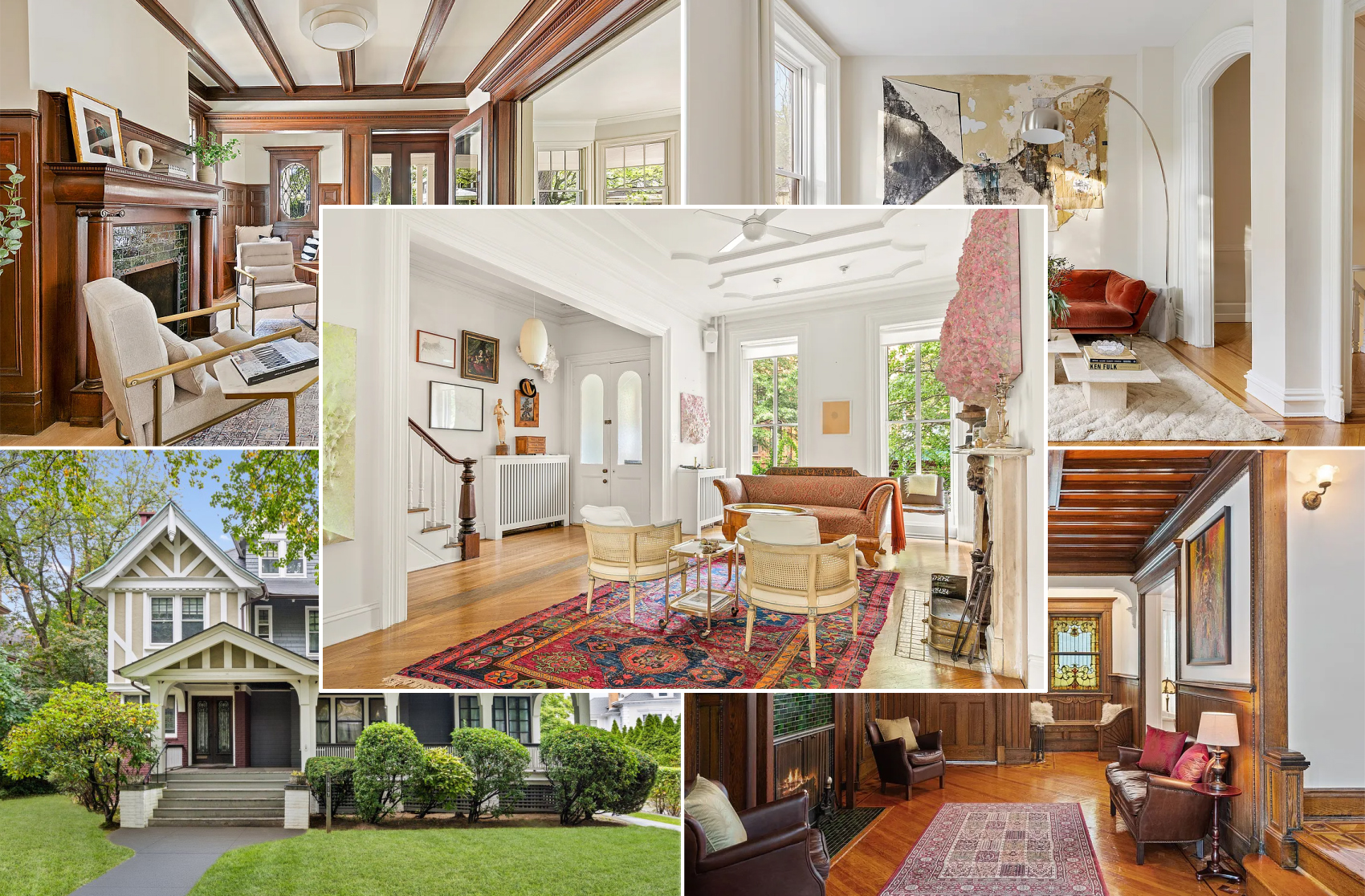
What's Your Take? Leave a Comment